Since the Czech version of Netflix improved their localization last fall, hundreds of new Czech audio and subtitle tracks have made it to the streaming platform – – along with dozens of classic and contemporary Czech films. In the coming months, a total of 150 Czech films will be streaming on the popular service.
Best of all: for non-Czech speakers, each of these Czech films on Netflix comes with English subtitles.
What to watch? There are no shortage of options that run the gamut from some of the worst Czech films ever made (ahem, Vánoční Kameňák) to some of the very best Oscar-winning favorites. To keep this list manageable, I’ll focus on the top Czech films post-1992 breakup with Slovakia.
These are the top 5 contemporary Czech films now streaming on Netflix, with some additional tips in-between:
Kolya (Kolja)
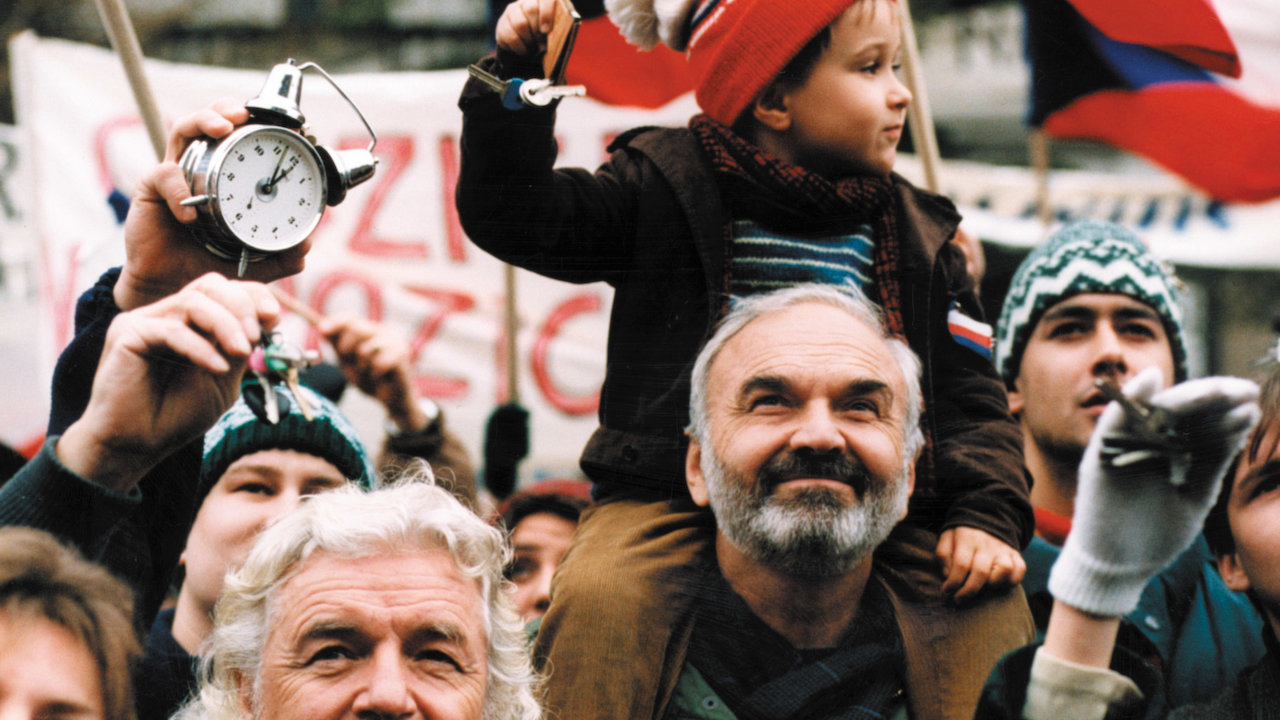
Jan Svěrák’s international success tells the story of a Czech cellist and confirmed bachelor who finds himself taking care of a young child following a series of unfortunate events, and benefits greatly from touching performances by legendary Czech actor Zdeněk Svěrák (also the father of the director) as the protagonist and young Andrey Khalimon as the title character.
Kolja is the only film from the Czech Republic (after it’s breakup with Slovakia) to win an Academy Award, and only one of three to earn a nomination.
If you liked Kolja, you’re in luck: most of director Svěrák’s other movies are also streaming on Netflix, and include his Oscar-nominated debut The Elementary School (Obecná škola) and an excellent 2018 prequel, Barefoot (Po strništi bos).
Cosy Dens (Pelíšky)
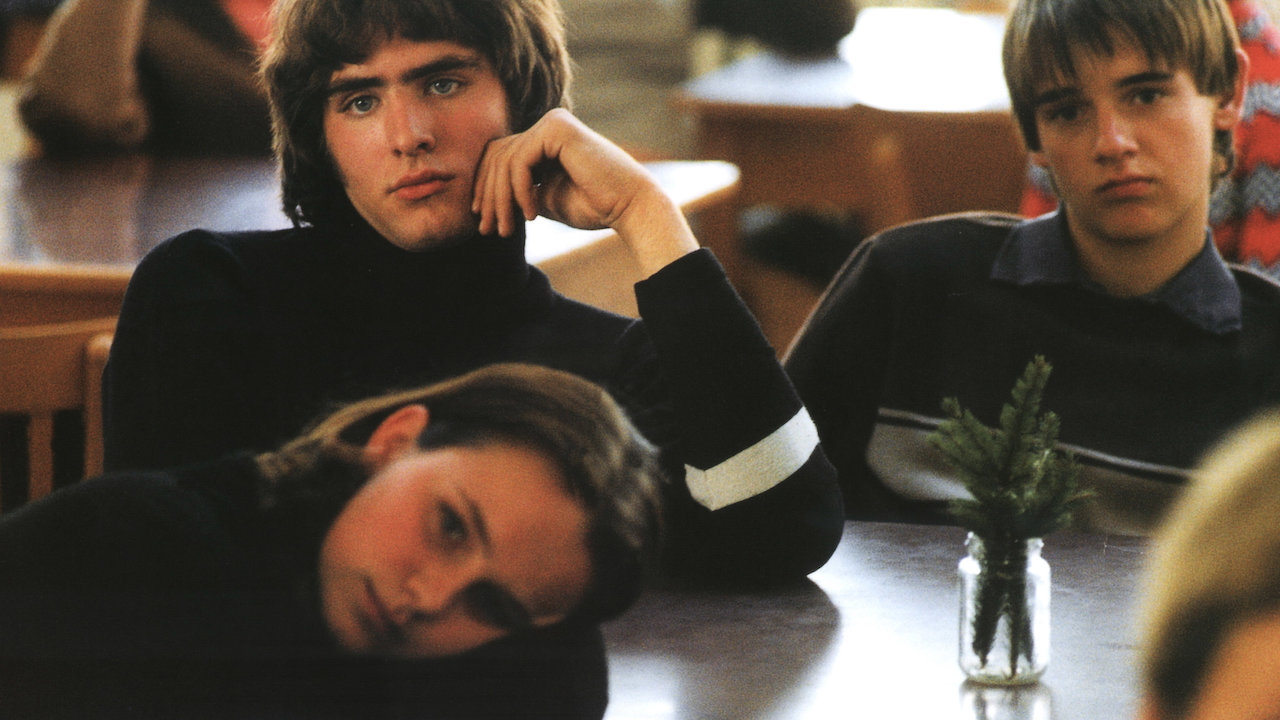
One of the most famous of all modern Czech movies tells one of the country’s most important stories: that of those left behind in communist Czechoslovakia during the normalization years immediately following the crushing of Prague Spring in 1968. Nostalgic, bittersweet, and deadpan funny, Pelíšky might be called the Czech version of A Christmas Story, and a must-see for anyone seeking insight into the Czech mentality.
On ČSFD, the Czech & Slovak version of IMDb, Pelíšky has long held the position of the top-rated Czech movie, and also rates among the top 10 movies overall, slotting in right between 12 Angry Men and The Godfather, Part II. While it may not be quite as beloved by critics or foreign audiences, it’s easily the best Czech film according to most Czechs.
If you enjoy Pelíšky, also be sure to catch Hřebejk’s subsequent film Divided We Fall (Musíme si pomáhat). The affecting WWII drama earned even more international acclaim than its predecessor (including an Oscar nomination), and is also now streaming on Netflix.
Loners (Samotáři)
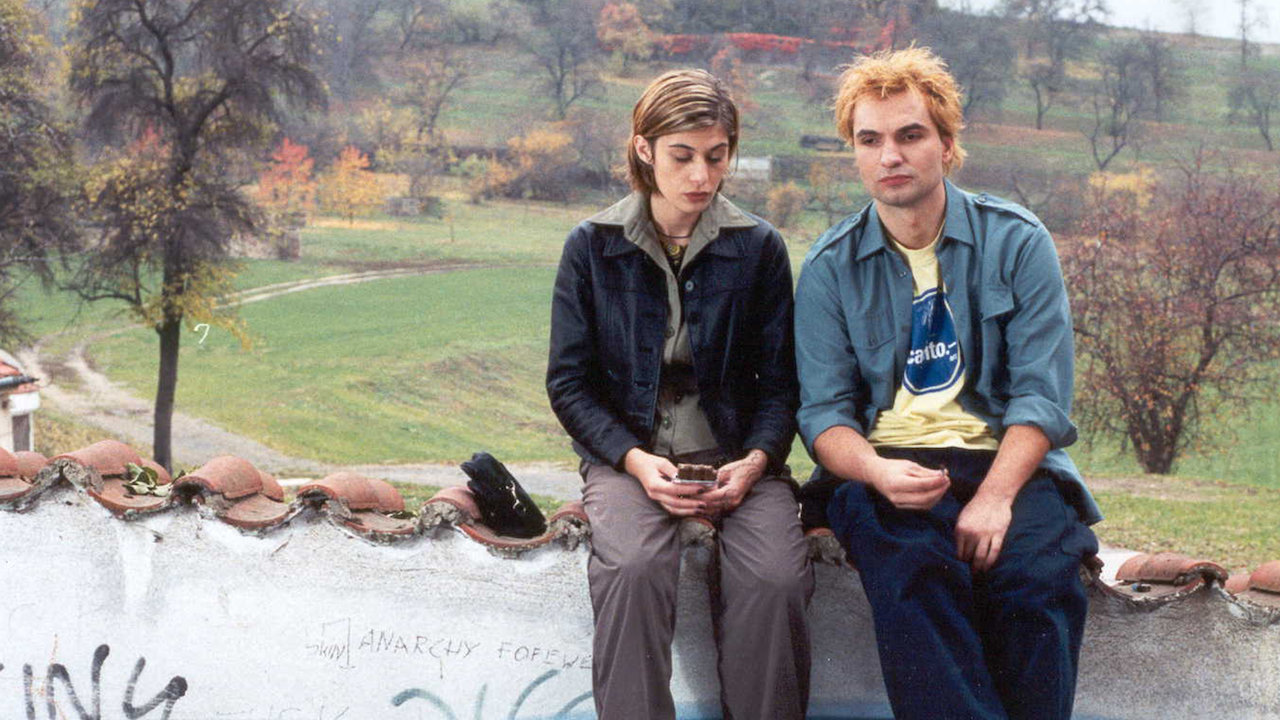
David Ondříček’s debut feature about young adults struggling to come to terms with life in the newly-capitalistic Czech Republic didn’t travel well, but has become a local cult classic and along with Pelíšky one of the most beloved Czech films of the last three decades. Relatively unknown at the time the film was made, Samotáři instantly shot stars Ivan Trojan and Jiří Macháček to fame.
Director Ondříček is the son of famed Czech cinematographer Miroslav Ondříček, who emigrated from Czechoslovakia to shoot classic films for Lindsay Anderson in the UK (If…, O Lucky Man), and Miloš Forman in Hollywood (Amadeus, Hair).
Želary
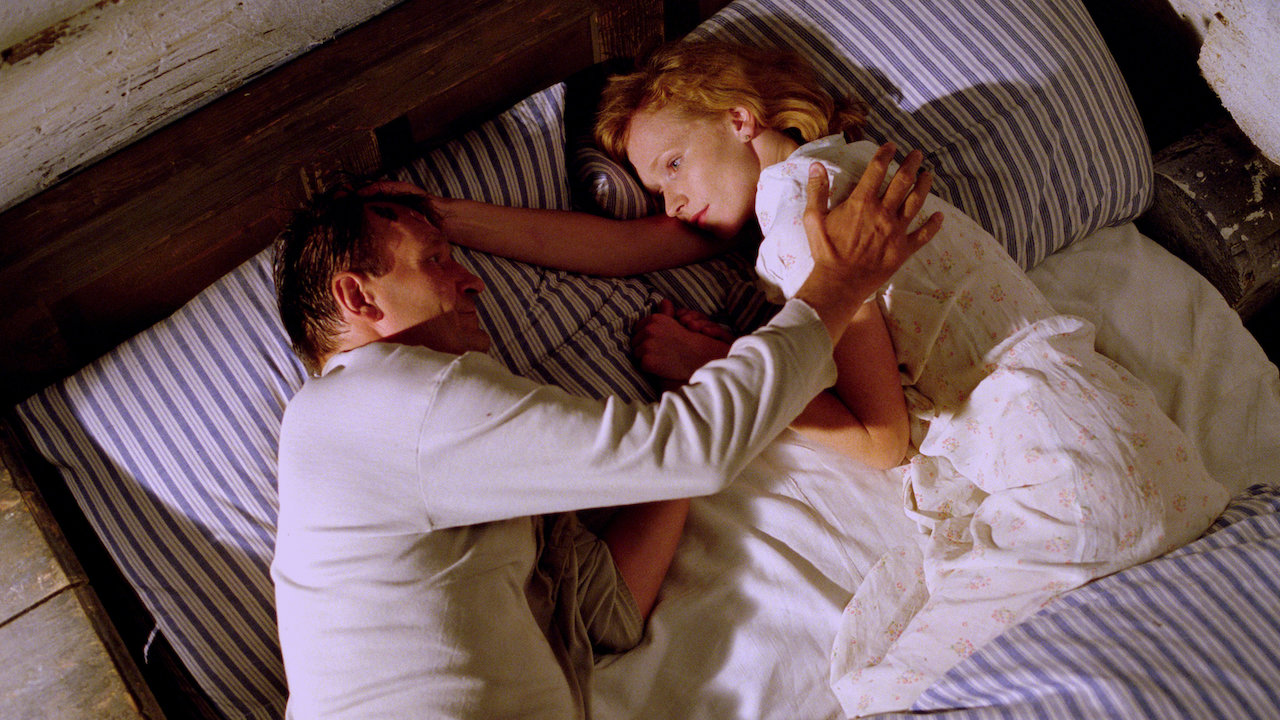
During the Nazi occupation of Czechoslovakia, a Prague nurse and member of the underground resistance is forced to go into hiding in a rural Czech village in this stark WWII drama from director Ondřej Trojan that isn’t the usual fish-out-of-water story.
Tasked with carrying the film in its central role, Anna Geislerová immediately became one of the Czech Republic’s most acclaimed actresses for her emphatic work in Želary.
Director Trojan’s nostalgic Identity Card (Občanský průkaz) is also now streaming on Netflix.
Autumn Spring (Babí léto)
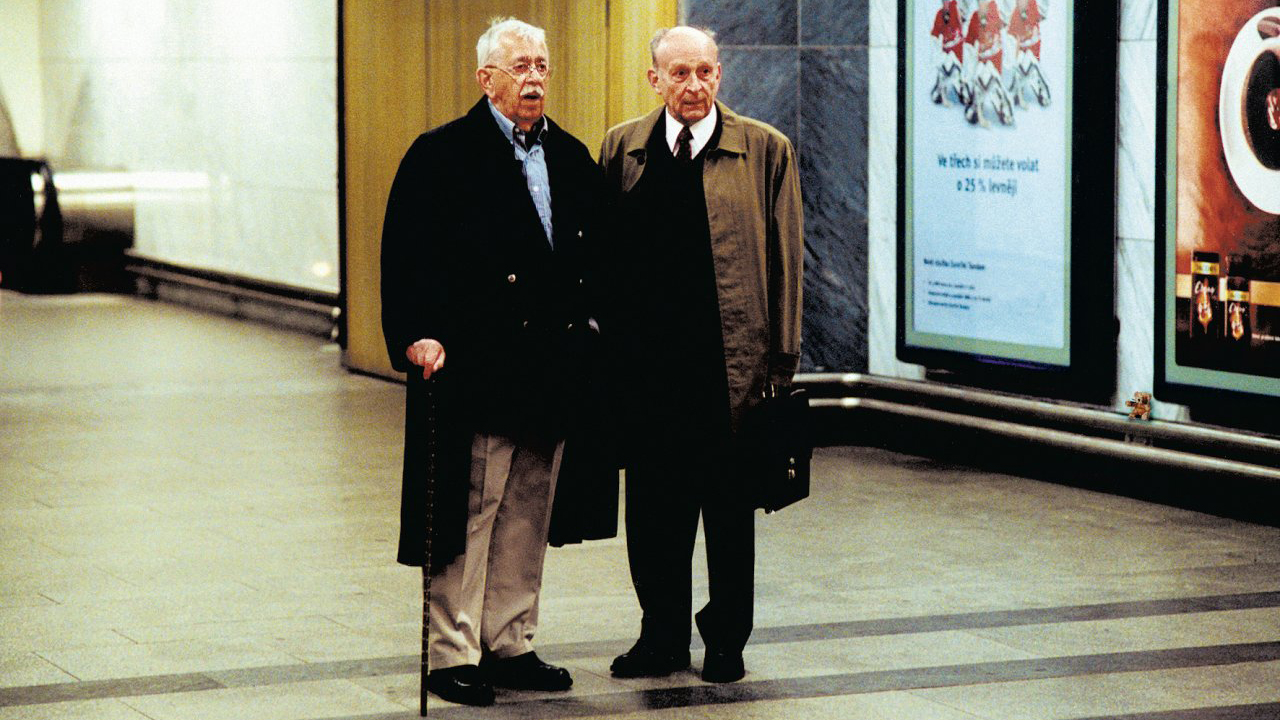
Iconic Czech actor Vlastimil Brodský stars in this wonderful comedy about an elderly man faced with inescapable death, who refuses to live his remaining days among the melancholic. Instead, he approaches them with the carefree zeal of a child.
Directed by Vladimír Michálek (who also helmed the next film on this list), the themes of Babí léto took on real-life significance when 81-year-old Brodský committed suicide shortly after the film was released in April 2002.
Sekal Has to Die (Je třeba zabít Sekala)
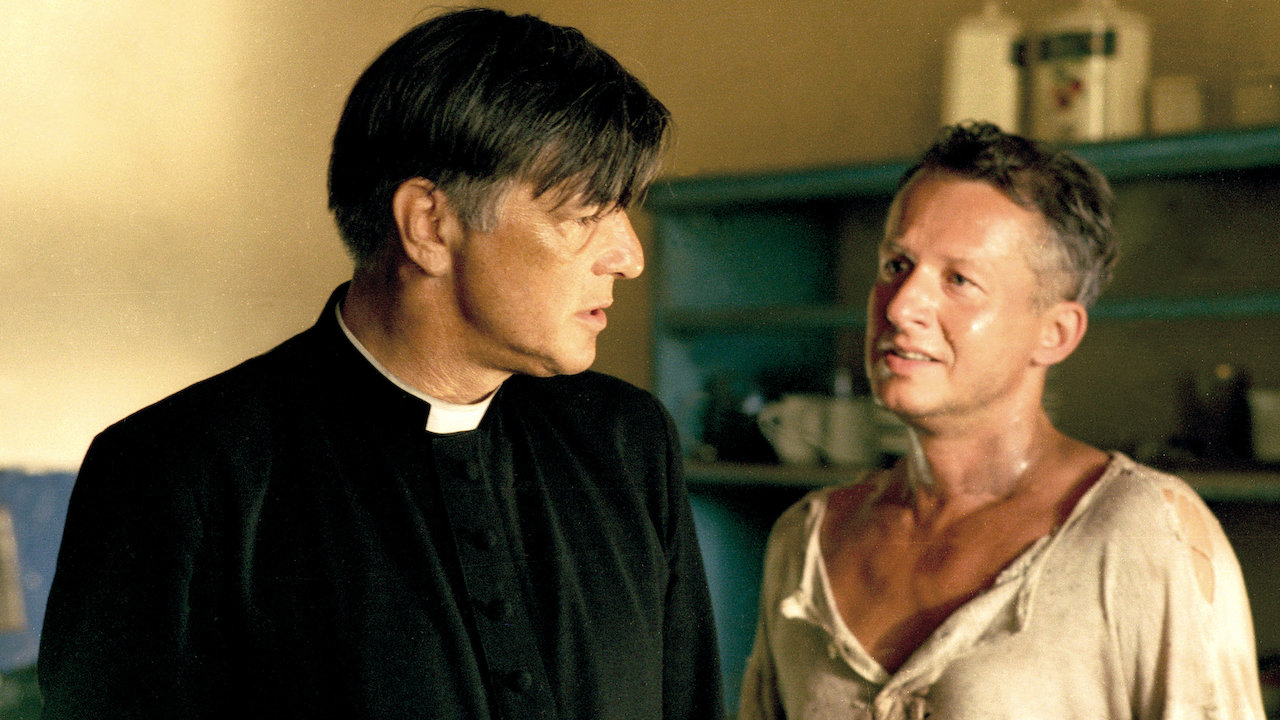
Set in a remote Czech village during WWII, this layered morality tale plays out like a classic Western; Sekal (Polish actor Bogusław Linda) is a Nazi collaborator who uses fear to rule over the local farmers, and new blacksmith Baran (Olaf Lubaszenko) has been tasked with the unfortunate job of taking care of him.
Sekal Has to Die won 10 Czech Lion Awards and was the Czech Republic’s official Oscar submission in 1998.
More Czech movies are headed to Netflix in the coming months, so keep an eye out for additional tips on top Czech flicks to catch on the streaming platform in the near future. And check out some more tips on Czech films and the Prague cinema scene at my website The Prague Reporter.












 Reading time: 4 minutes
Reading time: 4 minutes 

























